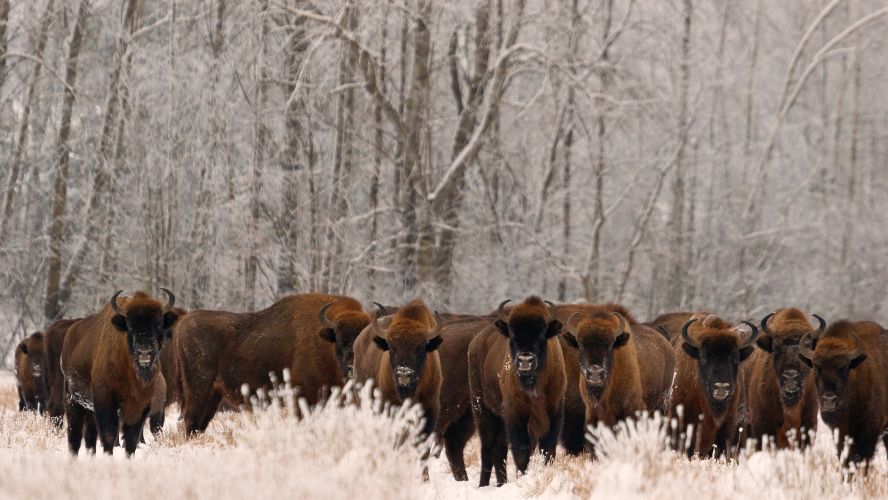Study by King’s PhD student shows conservation efforts are bringing species back from the brink

Ash Simkins’ review of over 67,000 animal species has found that while the natural world continues to face a biodiversity crisis, targeted conservation efforts can be successful.
The study draws on data from the IUCN Red List, the world’s largest database of species conservation status. The researchers say their results, reported in the journal PLOS Biology, highlight both the successes and the need for urgent action.
The researchers, led by the University of Cambridge with the IUCN, BirdLife International, and Oxford and Durham Universities, used Red List data to assess whether conservation measures had been put in place, and whether those actions had a positive impact on a given species’ conservation status.
“We found that almost all the species that have moved from a more threatened category to a less threatened category have benefitted from some sort of conservation measures,” said lead author Ash Simkins, a PhD candidate in Cambridge’s Department of Zoology. “It’s a strong signal that conservation works.”
While there is no ‘one size fits all’ solution, the researchers observed some connections between conservation success stories. Many of these species live in isolated areas, such as islands, where intensive conservation efforts – such as habitat protection, captive breeding and reintroductions – can be fully implemented.
“While biodiversity loss is a genuine crisis, it’s vital that we celebrate the success stories wherever and whenever we can,” says Ash. “It’s so hard for a species to improve its conservation status, but with the right effort, we can turn things around.”
The Iberian lynx, once the world’s most endangered cat, has rebounded from just a few hundred individuals to a few thousand. And the European bison, which was hunted to extinction in the wild in the early 20th century, now roams parts of Eastern Europe thanks to sustained conservation efforts over decades.
Ash states that like human healthcare, preventative measures in conservation are preferable and more cost-effective to emergency interventions:
“Humans have gotten pretty good at what could be considered ‘A&E’ conservation – focusing on species at very high risk of extinction. What we’re less good at is preventing species from becoming threatened in the first place. We need to move beyond treating the symptoms of biodiversity loss and start addressing the root causes.”
Ash also emphasises the need for collaborative, locally driven conservation. “It’s vital that we as conservationists are working with stakeholders, rather than dictating to them, whether that’s an Indigenous community in Papua New Guinea or a farmer in Somerset. Conservation doesn’t have to be a zero-sum game – there are compromises that can benefit both the natural world and human society.”
